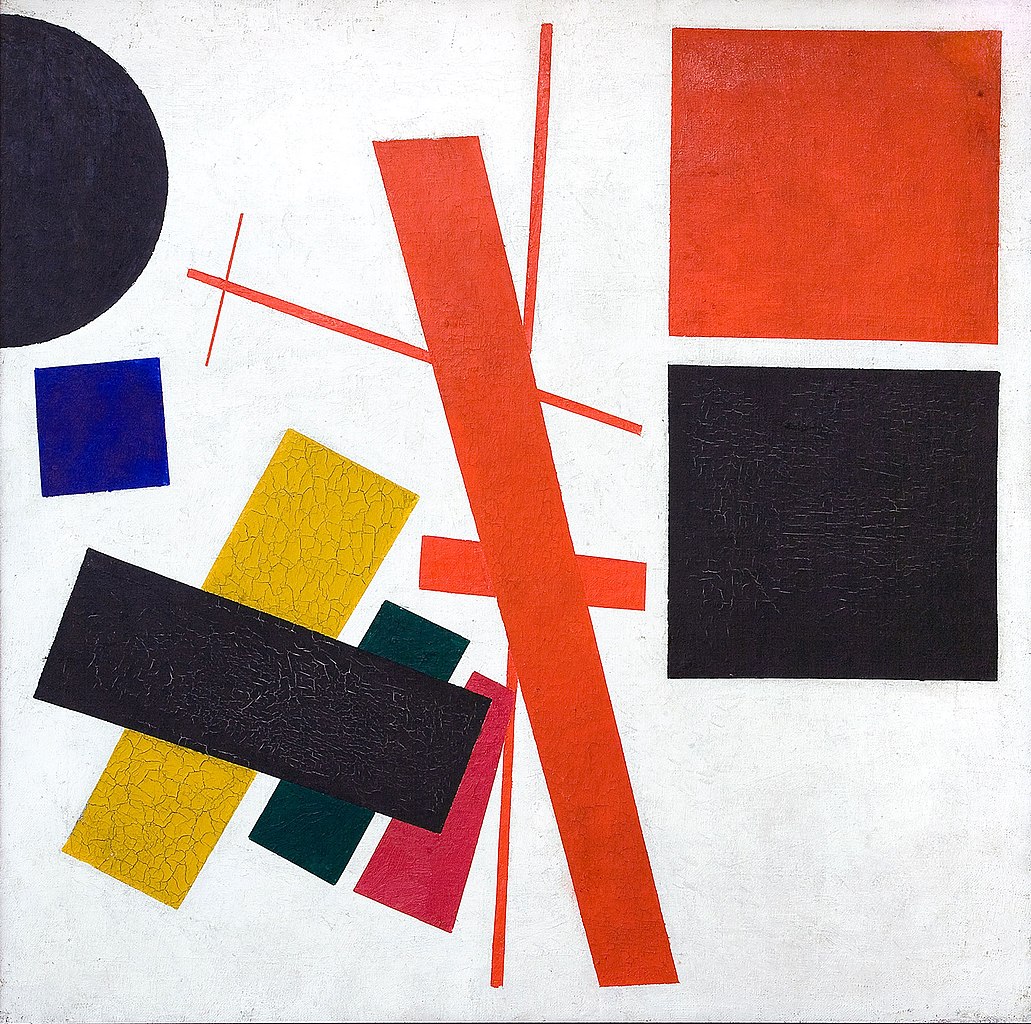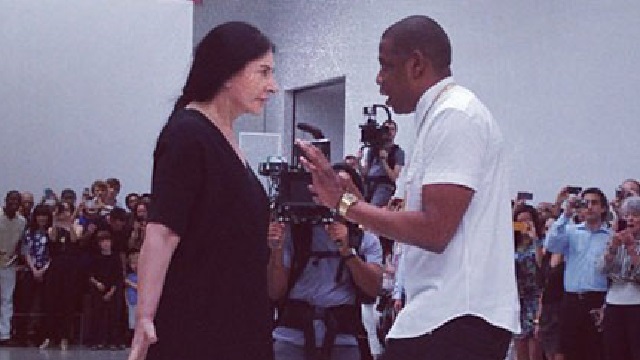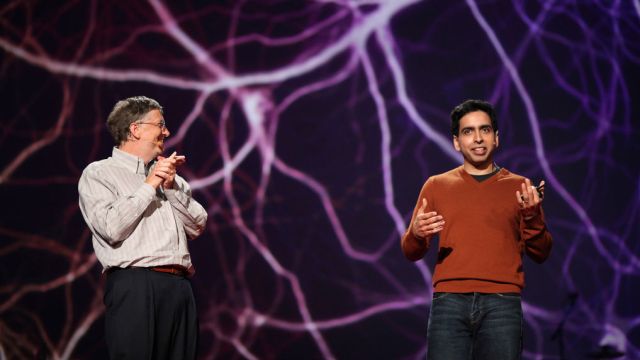Is Andy Warhol the Art World’s Housing Bubble?

When Elizabeth Taylor passed away this past March, the nostalgia for all things “Liz” seemed inevitable. The brass ring of this Lizapalooza, however, seems to be Andy Warhol’s painting Liz #5, which sold earlier this month for $26.9 million USD. As art critic Jerry Saltzpoints out in a recent issue of New York Magazine, it seems as if every millionaire wants to own a Warhol. Thanks to his amazingly prolific career (and with a little help from “The Factory“), Warhol created enough art seemingly to go around, at least to those with enough cash to travel in the right circles. But, just like everyone once believed that it was a good thing that everyone owned a house in those days before the housing bubble burst, are rich collectors setting themselves up for a fall in lifting Warhol to the highest rank of artists, at least in terms of sales? Is Andy Warhol the art world’s housing bubble?
“It was public theater, investment banking, and brothel rolled into one,” Saltz describes a recent auction in which Warhols sold like solid-gold hotcakes. “Andy was in the news. Again. But his renown notwithstanding, one does wonder: Why such market-mania for Warhol? Why not Rothko, Newman, Nauman, or Judd? Why not Rosenquist, Kusama, Hesse, or any other first-rate big name?” If you look at any list of 10 ten prices paid for Warhols (including this out-of-date one), you’ll be astounded not only by the $100 million USD paid for Eight Elvises, but also by the hefty prices paid for works featuring Marilyn Monroe, Mao, and other notorious characters. Consider the fact that only six other artists (Vincent van Gogh, Pierre-August Renoir, Pablo Picasso, Gustav Klimt, Jackson Pollock, and Willem de Kooning) have broken the century mark. Warhol’s traveling in select company pricewise, but is he worth it? More importantly, will he remain being worth it?
I think Saltz aims too low when wondering why Warhol’s risen above his Pop Art brethren and even some of his more critically acclaimed Abstract Expressionist forefathers. With the exception of Pollock and de Kooning, Warhol’s left every artist working primarily in the last century well behind. I think Saltz comes closer to the mark when he asks, “What does Andy mean to these people?” Saltz believes that “Warhol’s work is easy to like, especially now that it seems—at first glance, anyway—less strange than it did when it was created… There are those clashing electric colors that no one ever put together before—it’s as though he discovered a new note on the saxophone.” Saltz also interestingly muses on “Warhol the man, who still strikes many as a strange swish outlaw,” thus “giv[ing] his work an edginess and borderline-risqué feeling; Rothko, by comparison, is more about gravitas and suicide. Collecting Warhol seems naughty but not really obnoxious.” Connecting buyer and seller even more, Saltz argues that “[h]edge-funders and industry titans see themselves in him: the leader of a factory; the workaholic who empowers others to make things possible; the one who collects and hoards, who turns junk into art.”
Everything Saltz argues is possible, but I’m not sure it’s probable in terms of who collects Warhol and why. Is the homosexual angle still all that edgy and risqué in these post-Ellen times? Do junk bond traders really identify with Andy in some shared sense of “turn[ing] junk into art”? There’s not a whole lot of humanities education going on in most business schools, so I’m guessing that Wall Street types know more about Warhol’s prices than Warhol’s values.
I like Warhol’s art. I won’t argue that he’s not important in the history of art. Does he belong in the upper echelon with Picasso and friends? Probably not. Warhol owes too much to Duchamp to be considered a true original. I suspect that, like Warhol’s 1986 Self-Portrait (detail shown above), there’s some camouflage going on that’s hiding the true forces behind Warhol’s wild price ride. With the world economy still struggling to rebound, investors are looking for that elusive “sure thing.” Brand-name art has always been in that conversation, but branding today is even bigger than in Warhol’s day, when he took Campbell’s Soup and Coca-Cola trademarks and made them into his trademark art. Some residue of that corporate success clings to Warhol’s art for these collectors, and that may be the biggest selling point. If and when these prices come down to earth, let’s hope that it doesn’t bring down the whole art market as buyers lose faith in their “sure thing” and have no aesthetic beliefs to keep them collecting.
[Image:Andy Warhol. Self-Portrait, 1986.]





